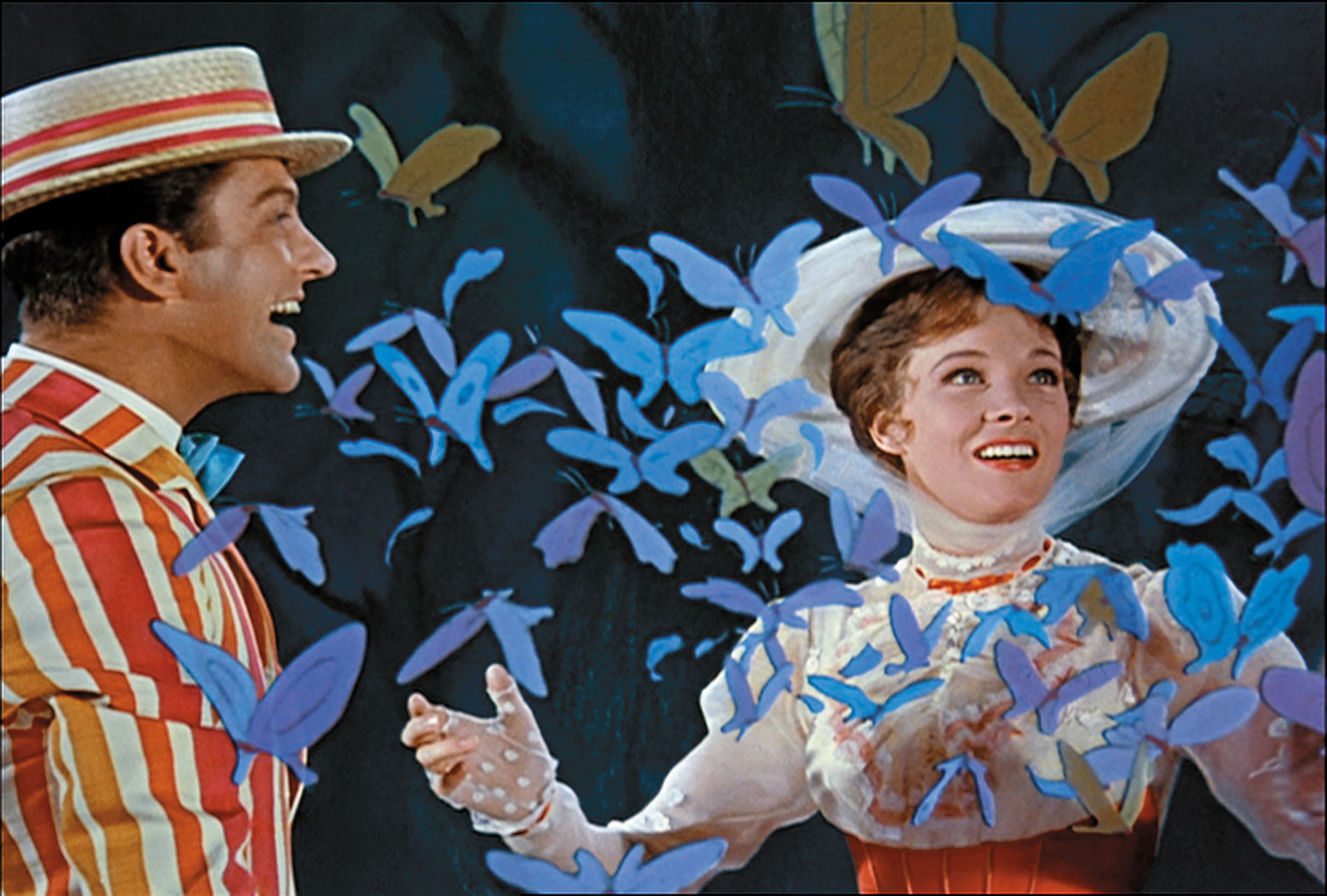Learn all about bees and their natural habitat
Luxembourg City has created a walking trail with 13 information points all about the world of bees and other insects, which are essential to a healthy and balanced environment.
The trail is about 2.5 km long and can be explored free of charge. Fun for all the family, the trail helps you explore the wealth of biodiversity that can be found in the urban environment.
Information boards in French, German and English inform visitors about biodiversity in the city, the various species of wild bees and honeybees and the environments they populate, their lifestyle, how they reproduce, how bees find their way around, and the products they make, such as honey.
Download
Bee walking trail: 13 stations
1. Luxembourg City Tourist Office (LCTO): The bee and the wasp
Learn about the main differences between bees and wasps.
Download
2. Place de Clairefontaine: Biodiversity
Biodiversity (bio = life, diversity = natural diversity of living organisms: plants, animals, etc.) helps protect the soil, capture pollutants from the air and improve the city's climate, thus generally enhancing quality of life. A great many food production processes rely on biodiversity. Plant and animal diversity is the key to a healthy environment.
Download
3. Rue du St Esprit: Plant boxes and flower beds
Even though most cities are generally covered in sealed surfaces, there are many ways the urban environment can promote biodiversity by supporting a rich variety of plants.
Download
4. National Archives (Archives de l'État): Luxembourg City's bees
In the past, beekeeping was more of a rural endeavour. Over time, however, the residents of urban areas have come to realise the important role bees play in every environment, even the city. They pollinate flowers and other plants, which leads to better crop yields for urban food growers and a wider variety of flowers.
5. Biisserwee: Biodiversity in stone walls
Dry stone walls are a vital habitat for all kinds of animal species. Wild bees aren't the only ones to find refuge here: countless types of insect, bats and lizards also call these walls home.
6. Biisserwee – stairway to Plateau du Rham: House for wild bees
Although the wild bee (also called solitary bee) is not as well known as the honeybee (or foraging bee), it is no less important to maintaining a healthy balance in the environment. Wild bees provide complementary pollination – a valuable contribution to biodiversity.
Download
7. Belvédère 1 – Plateau du Rham: How bees navigate
The mirror gives you an inside view of the beehive: observe the comings and goings of these fascinating creatures at the entrance to their home.
8. Belvédère 2 – Plateau du Rham: Insecticides – a major threat
Bees are finding it increasingly difficult to find their way back to their beehive.
9. Plateau du Rham: Green roofs
Green roofs provide many advantages. Roof-top vegetation can improve the urban climate by insulating buildings and absorbing heat, retaining rainwater in its substrate and regulating moisture through evapotranspiration (water being transferred to the atmosphere through evaporation at ground level and the transpiration of plants).
10. At the foot of the Bock promontory: The colony
Because forager bees are all sterile females, the queen (the only fertile female in the hive) is key to the survival of the colony.
Download
11. At the foot of the Bock promontory: Pollination
An eco-friendly city wouldn't be complete without bees! The terraces and gardens along the Alzette provide an ideal habitat for these creatures. Here, the conservation and creation of habitats such as orchards, dry stone walls, rocks and traditional vegetable gardens help to conserve biodiversity.
Download
12. Near Rue Sostène Weis: The tree trunk hive
In our part of the world, honey bee colonies have a natural tendency to make their home in hollow trees, where they are sheltered from the rain, cold, snow and wind.
While tree trunks serve as natural shelters for bees, log hives were also the first artificial shelters created by humankind, marking the first step in the long tradition of domesticating the bee.
13. Rue Plaetis: Bees and bee products
- Brandy, sweets, shampoo, soap, ointment
- Royal jelly
- fed to worker bee larvae until their fifth day of life, and to queen bee larvae throughout the larval period
- used in revitalising products
Download
Guided tour dates
Together with its partners, the City of Luxembourg offers guided tours of the bee trail from March to September, where you can learn all about these fascinating creatures and their role in the environment.
Practical information:
- Participation is free, but registration is required: environnement@vdl.lu / Tel.: 4796-4773
- Tour duration: about 2.5 hours
- Dates and language spoken:
- 13 May 2025 at 17:00 (French)
- 27 May 2025 at 17:00 (English)
- 7 June 2025 at 14:00 (Luxembourgish)
- 10 June 2025 at 17:00 (French)
- 24 June 2025 at 17:00 (English)
- 5 July 2025 at 14:00 (English)
- 8 July 2025 at 17:00 (French)
- 22 July 2025 at 17:00 (English)
- 2 August 2025 at 14:00 (Luxembourgish)
- 23 August 2025 at 14:00 (English)
- 2 September 2025 at 17:00 (French)
- Tour starts at: Luxembourg City Tourist Office (LCTO) on Place Guillaume II
- Tour ends at: In front of the tunnel entrance to the Grund elevator
- Limited number of participants (max. 8 people)

















